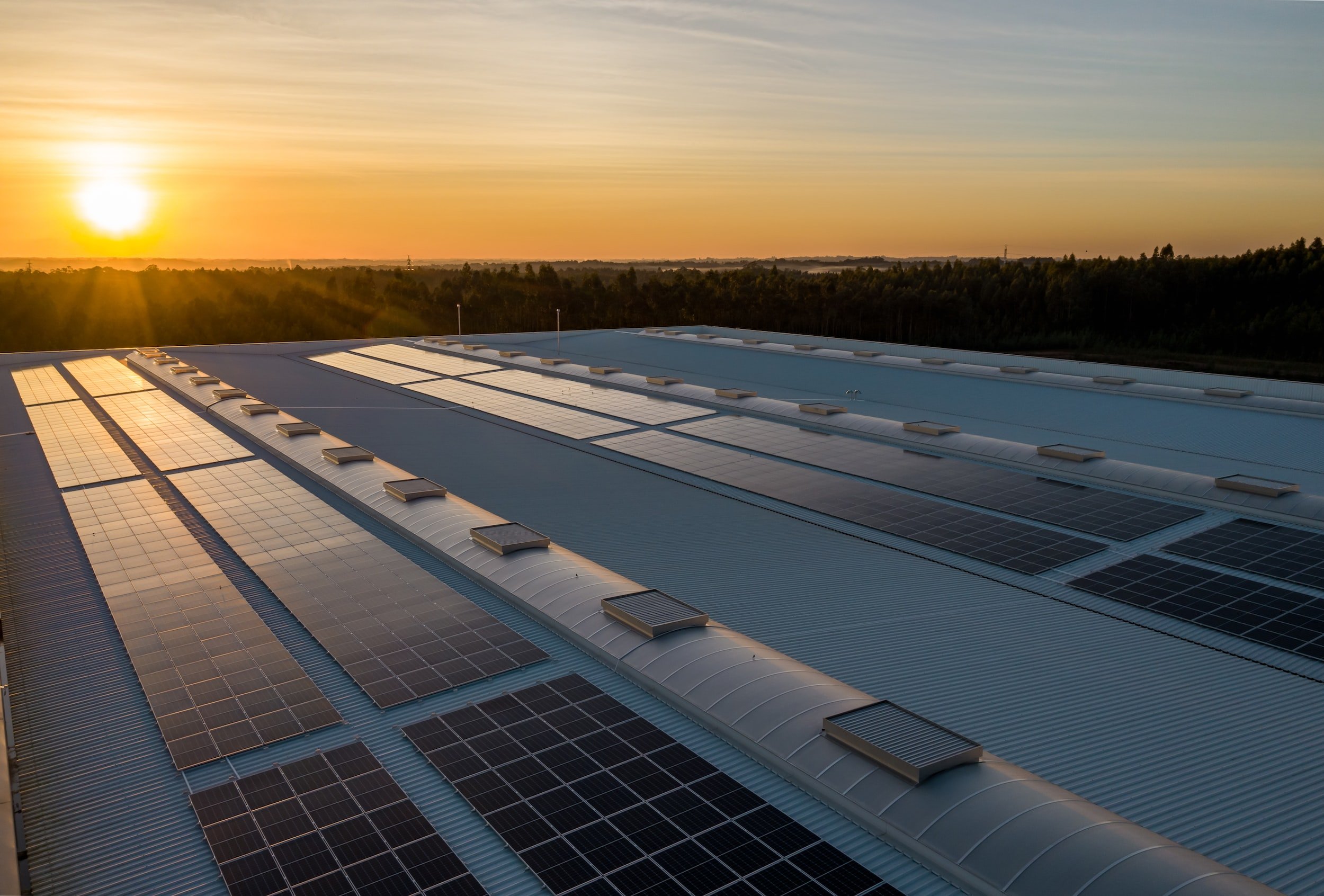Introduction
Multifamily investing in Texas has continued to grow and evolve in recent years, with investors constantly looking for new ways to maximize their returns. In this blog post, we will discuss the top 10 current trends of multifamily investing in Texas, including the rise of secondary markets, the impact of technology, and the growing importance of sustainability.
1. Rise of Secondary Markets
McAllen, Texas is a secondary market considered for multifamily investing.
While many investors tend to focus on the major markets such as Dallas, Houston, and Austin, there has been a growing interest in secondary markets such as San Antonio, Fort Worth, and El Paso. These markets offer investors more affordable entry points and potential for higher yields, as well as strong population growth and job markets.
Here are five secondary markets in Texas that are worth considering for multifamily investing:
- San Antonio
- Fort Worth
- El Paso
- Corpus Christi
- McAllen
2. Impact of Technology
Virtual tours and 3D floor plans are used to give prospective tenants a realistic and immersive view of the property, even if they are not physically present.
Technology has become increasingly important in the multifamily industry, with investors using platforms such as real estate crowdfunding, digital marketing, and virtual tours to streamline the investing process. As more renters rely on technology for their housing needs, investors must adapt to stay competitive and attract tenants.
3. Growing Importance of Sustainability
Sustainability has become a major factor in the multifamily industry, with investors looking for ways to reduce their carbon footprint and attract eco-conscious tenants. This includes implementing energy-efficient features such as solar panels and smart thermostats, as well as using sustainable building materials and promoting green living practices.
4. Focus on Affordable Housing
As the demand for affordable housing continues to rise, investors are looking for ways to provide quality housing options at affordable prices. This includes investing in workforce housing and partnering with government programs to provide subsidies and tax incentives.
5. Emphasis on Amenities
Amenities have become a key factor in attracting and retaining tenants, with investors offering a range of amenities such as fitness centers, pools, and coworking spaces. As the competition for tenants increases, investors must continue to innovate and offer unique amenities that align with their target demographic.
6. Importance of Property Management
Effective property management is crucial for the success of multifamily investments, with investors relying on experienced and reputable property management companies to oversee their properties. This includes ensuring high tenant satisfaction, minimizing turnover rates, and maximizing rental income.
7. Shift towards Value-Add Investing
Value-add investing has become increasingly popular in the multifamily industry, with investors looking for properties that offer potential for value appreciation through renovation and improvement projects. This strategy involves identifying properties with untapped potential and implementing improvements to increase their value and rental income.
8. Impact of COVID-19
The COVID-19 pandemic has had a significant impact on the multifamily industry, with investors facing challenges such as rent collection, tenant retention, and property maintenance. However, the pandemic has also highlighted the importance of multifamily investments as a stable and reliable asset class, with many investors continuing to see strong returns despite the economic uncertainty.
9. Growth of Co-living
Co-living has emerged as a popular housing option for young professionals and students, with investors recognizing the potential for high yields and low vacancy rates. Co-living involves renting out individual bedrooms in a shared living space, with communal areas such as kitchens and living rooms shared among the tenants.
10. Expansion of Student Housing
The student housing market has continued to grow in Texas, with investors targeting college towns such as Austin, College Station, and Lubbock. This market offers investors the potential for high yields and stable occupancy rates, as well as the opportunity to provide quality housing options for students.
Conclusion
Multifamily investing in Texas continues to evolve and adapt to changing market trends and demographic shifts. These 10 current trends highlight the importance of staying informed and flexible as an investor, and the potential for strong returns and long-term growth in this dynamic industry.






